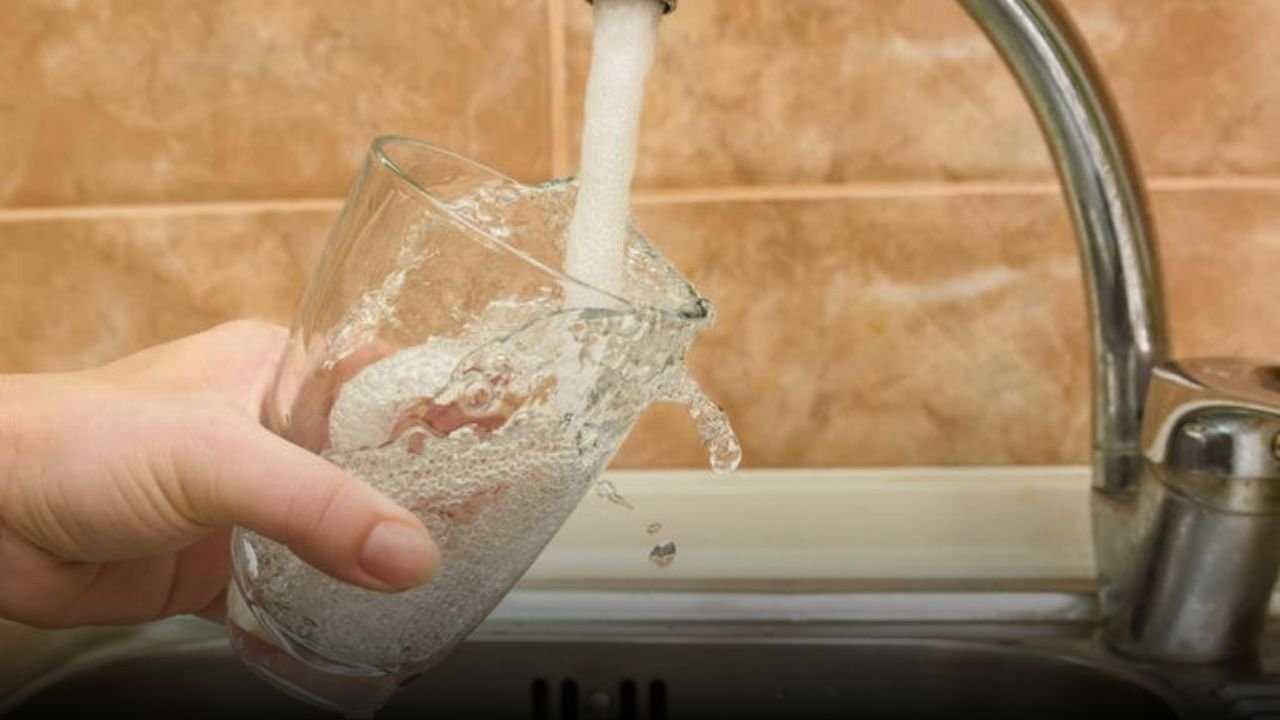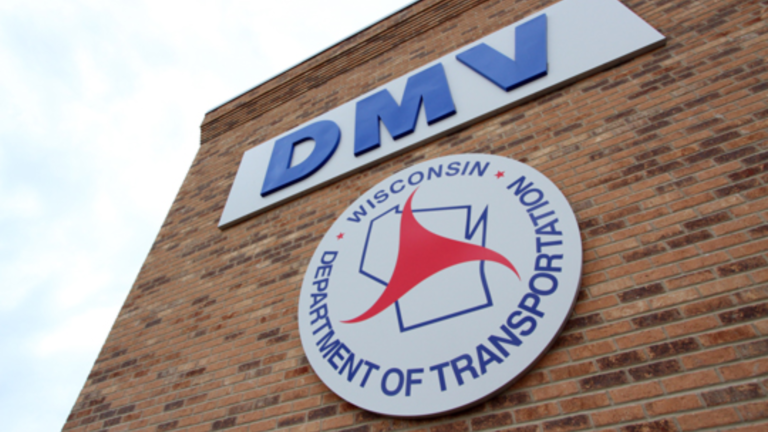Frankfort Considers Lake Michigan Water Switch, But Costs Could Rise Nearly 300%
FRANKFORT, ILLINOIS — Village officials are asking residents to weigh in on a proposal that would replace Frankfort’s well water system with Lake Michigan water, a move that could triple monthly costs for households but also place the community in line with neighboring suburbs already making the transition.
From Wells to Lake Michigan
Currently, Frankfort relies on 10 shallow wells in the Silurian dolomite aquifer, which engineers confirmed in 2022 remains healthy and capable of supporting the community for the foreseeable future. For decades, the aquifer has been the backbone of Frankfort’s water supply.
However, village leaders argue that Lake Michigan water would provide a more stable and cleaner source, with fewer problems tied to “hard water” — a high mineral content that clogs plumbing, wears out appliances, and leads to higher maintenance costs for homeowners.
Officials also point to the long-term reliability of the Great Lakes system, stressing that while wells remain viable, regional growth and demand could eventually stress underground sources.
Projected Costs and Infrastructure Challenges
The most pressing concern for residents is financial. Village fact sheets project that water bills alone could rise nearly 300% if the change is approved.
- The minimum monthly bill for 2,000 gallons would jump from about $11 to $43.50.
- When combined with sewer and garbage services, some households could see overall monthly bills rise by more than 90%.
The transition would require extensive infrastructure, including a new transmission main connecting Frankfort to Tinley Park, where Lake Michigan water would be accessed via Oak Lawn’s supply lines. The estimated price tag: $75 million to $100 million.
Unlike towns that joined water consortiums decades ago, Frankfort would have to bear these costs alone, making the project particularly expensive for local residents.
Surveying Community Input
To guide its decision, the village launched an online community survey, open until August 22, asking residents about water use, satisfaction with well water, and willingness to support higher rates in exchange for Lake Michigan service.
Officials emphasized that public input will be central to the final decision, noting that this marks the first formal opportunity in years for residents to voice their concerns on the issue.
A History of Opposition
Frankfort residents previously rejected the Lake Michigan option in a 2000 non-binding referendum, with two-thirds of voters opposed at the time. Many cited concerns about rising bills and confidence in the aquifer’s reliability.
This time, officials argue that population growth, higher household water demands, and long-term planning needs make the discussion more urgent.
Neighboring Towns Made the Switch
Several nearby communities — including Tinley Park, Oak Lawn, Orland Park, and New Lenox — made the transition to Lake Michigan water years ago by joining regional partnerships that spread costs across multiple municipalities.
Those towns often benefited from lower rates by joining when infrastructure was first built, locking in access before costs soared. Residents in these communities now enjoy softer water with fewer mineral problems, though at a higher price point than well systems.
Frankfort, by contrast, risks becoming an outlier if it continues to rely on wells while other growing suburbs consolidate around Lake Michigan supplies. Officials warn that failing to act could make future access even more expensive.
The Aquifer Sustainability Debate
At the heart of the debate is the future of Illinois aquifers. The Silurian dolomite aquifer, along with the deeper Cambrian-Ordovician aquifer system, supplies millions of residents across northeastern Illinois.
Experts warn that increased demand, combined with pollution risks and climate impacts, could strain aquifers in the coming decades. Studies by regional water councils have shown declining levels in some deep aquifers, sparking concern about long-term sustainability.
While Frankfort’s wells have been deemed reliable for now, officials argue that Lake Michigan represents a more future-proof option, ensuring water access even as populations grow. Critics counter that tapping the lake comes at enormous upfront and ongoing costs, raising affordability concerns for residents.
Balancing Costs and Long-Term Security
Village leaders acknowledge the proposal’s financial burden but maintain that the community must weigh short-term affordability against long-term stability.
“This is not just about today’s water bills,” officials have said in public statements. “It’s about ensuring that Frankfort has a reliable water source 20, 30, or 50 years from now.”
What Comes Next
Residents are encouraged to review cost breakdowns, infrastructure plans, and survey materials on the Village of Frankfort’s official website and social media pages. The feedback collected this summer will help guide whether officials pursue the multimillion-dollar switch to Lake Michigan water or maintain the current well system.
For now, the debate continues to highlight a broader challenge shared across Illinois suburbs: balancing rising infrastructure costs with the need for long-term water security.
Stay informed on community development, infrastructure planning, and policy decisions by following ChicagoSuburbanFamily.com.







